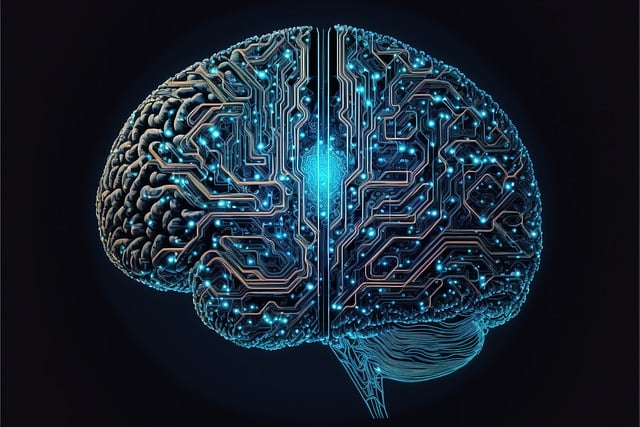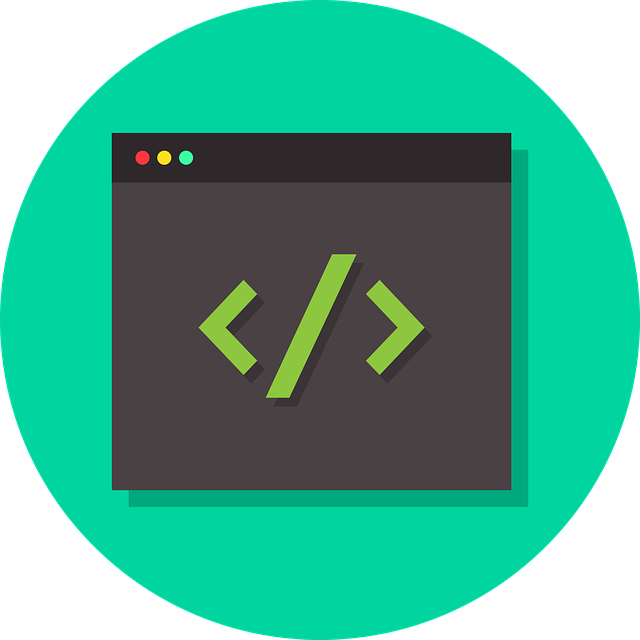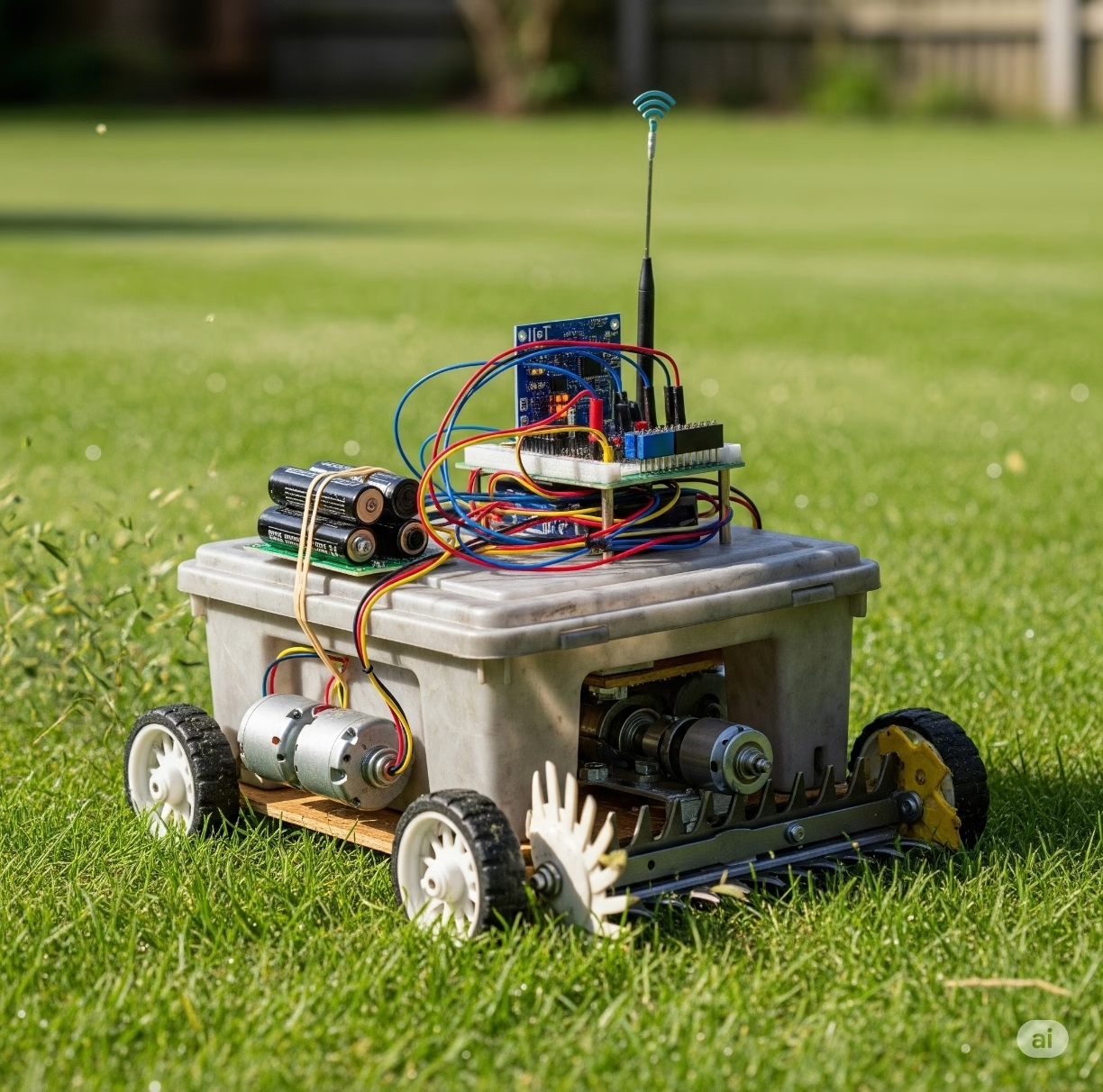Post Views: 186
Yes, Arduino can be used in artificial intelligence (AI) projects to some extent, but its capabilities are limited compared to more powerful hardware platforms like dedicated AI chips or high-end microcontrollers. Arduino boards, such as the Arduino Uno, are typically designed for general-purpose microcontroller tasks and may not have the processing power or memory required for complex AI tasks like deep learning.
However, you can integrate AI elements into Arduino projects by using various techniques and components. Here are a few ways Arduino can be used in AI projects:
- Machine Learning with TensorFlow Lite: Some Arduino-compatible boards can run TensorFlow Lite, a lightweight version of Google’s TensorFlow framework for machine learning. While these boards are not suitable for training large neural networks, they can execute pre-trained models for tasks like image recognition, speech recognition, and more.
- Voice and Speech Recognition: You can use Arduino with external modules and libraries to implement voice and speech recognition in your projects. For example, you can connect a microphone module and use libraries like EasyVR or PicoVoice for voice command recognition.
- Computer Vision: Arduino can be combined with cameras and image processing libraries to create basic computer vision applications. For example, you can use OpenCV libraries with compatible Arduino boards to perform tasks like object detection and tracking.
- Sensor Fusion: Arduino boards are equipped with various sensors (e.g., accelerometers, gyroscopes, and magnetometers). You can use sensor fusion algorithms to combine data from multiple sensors and implement AI algorithms for tasks like orientation estimation or gesture recognition.
- Natural Language Processing (NLP): Arduino can be used to build simple NLP-based applications, such as text-to-speech synthesis or basic chatbots, by interfacing with external components like speech synthesis modules or connecting to cloud-based NLP services.
- Reinforcement Learning: Arduino can be employed in projects related to reinforcement learning, where it can interact with physical environments through sensors and actuators. Simple reinforcement learning algorithms can be implemented on the Arduino to enable learning and decision-making in response to environmental feedback.









